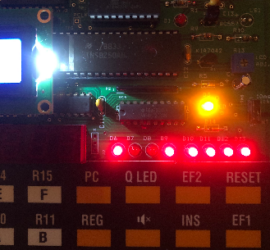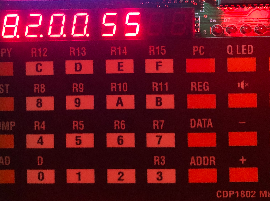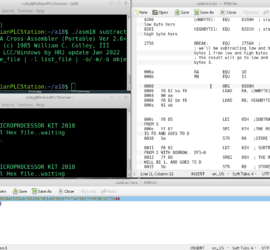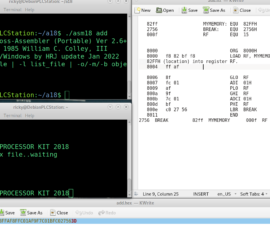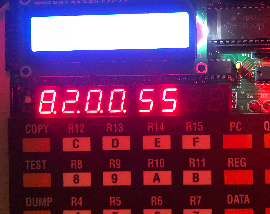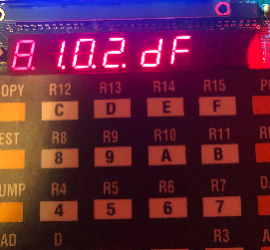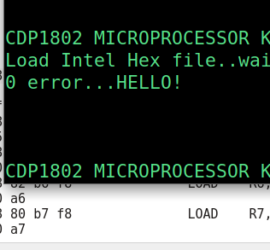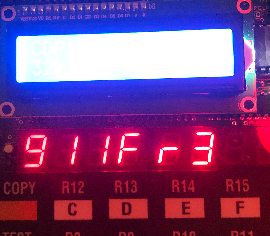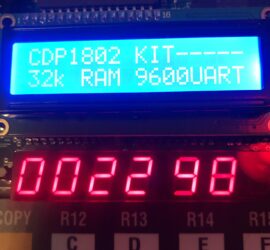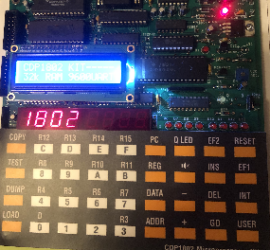COSMAC 1802 Subroutines
Introduction to COSMAC 1802 Subroutines We use COSMAC 1802 Subroutines to execute a specific set of instructions. For example, we might have a subroutine that causes a delay every time we execute it. You could also have a subroutine that converts Celsius to Fahrenheit, or vice versa. We might call Read More »

